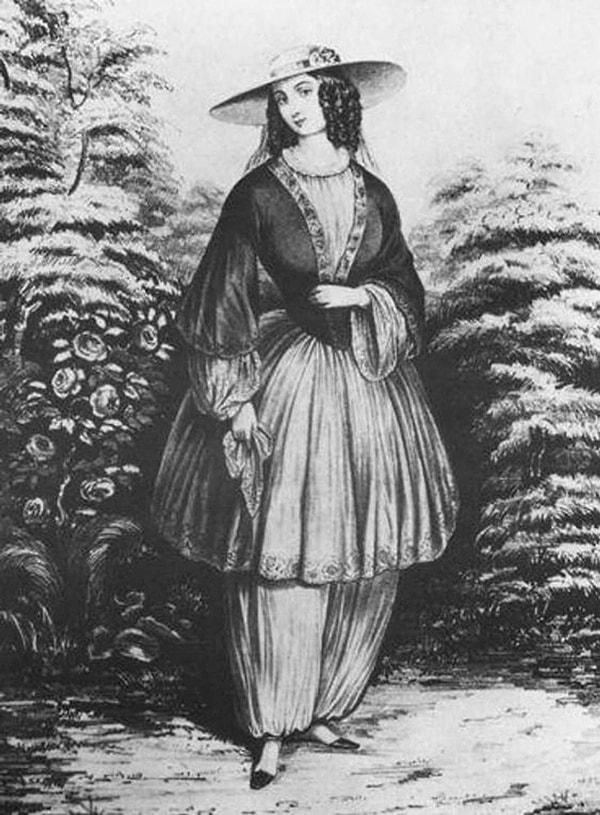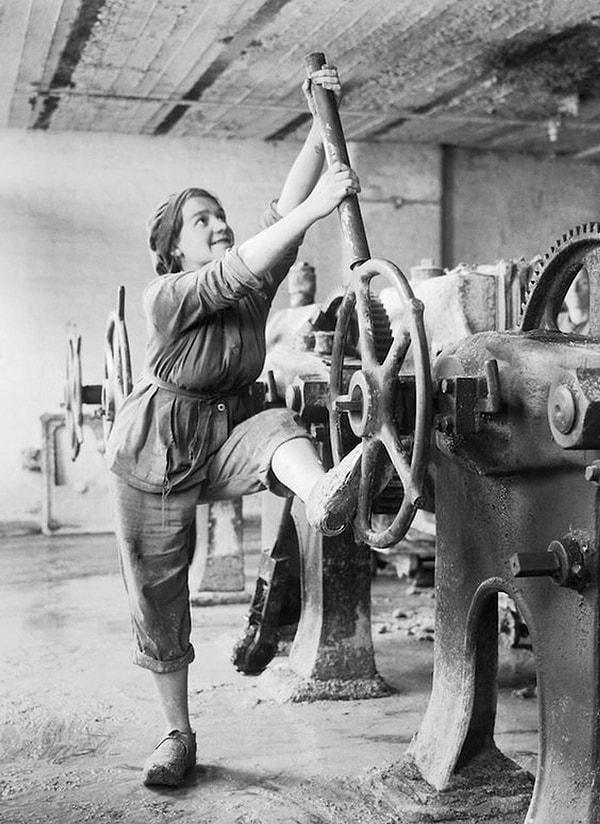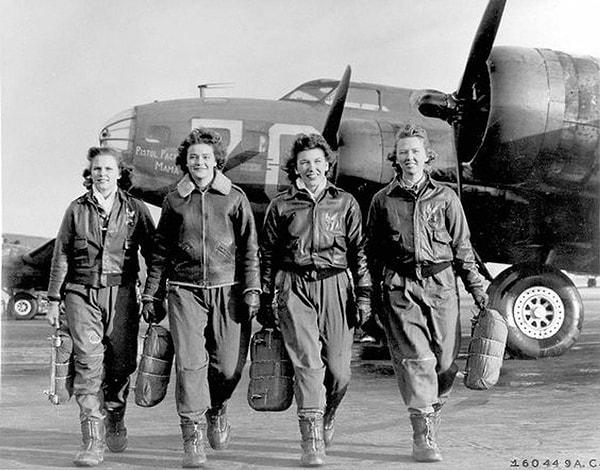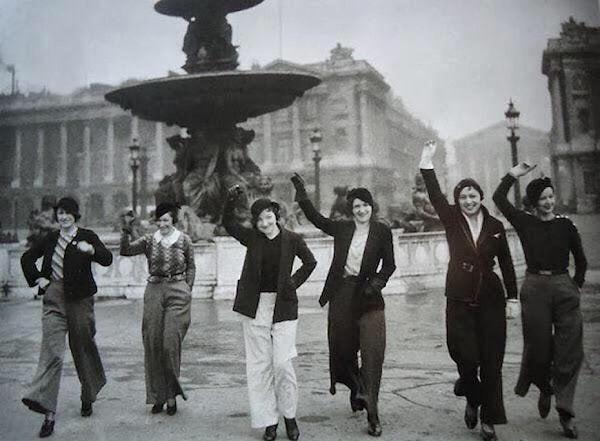Breaking Boundaries: Women Who Transformed Fashion with Pants
In various cultures, trousers have been a staple in women's wardrobes for centuries, if not millennia. However, this wasn't the case in Western societies. In America, aside from some women who wore pants-like garments for work or sports, women traditionally donned long skirts. While there were advocates for women wearing trousers in the 19th century, it wasn't until the mid-20th century that pants truly became widely accepted as a daily clothing choice for women. Join us as we delve into the stories of trailblazing women who sparked a fashion revolution, embracing pants to symbolize freedom and assert their unique styles.
The adoption of trousers in Western society traces back to the mid-19th-century clothing reform movement.

While some women wore pants-like garments for physical or household tasks, these were often worn discreetly away from public eyes. Most women typically wore long skirts that felt heavy, cumbersome, and restricted their movement. Women advocating for 'rational dress' wanted the option to wear pants in society, driven by practical reasons like comfort and ease of movement. For others, the freedom to wear pants was linked to the radical and controversial struggle of the women's rights movement of that era.
A fashion movement challenging women's clothing norms began in the mid-19th century in the United States.

Elizabeth Smith Miller designed an early version of pants for women around 1851. It consisted of a skirt reaching below the knees and loose 'Turkish' trousers gathered at the ankles, paired with a short jacket. Known as 'bloomers,' named after an early advocate, Amelia Jenks Bloomer, this attire stirred controversy despite gaining popularity in some circles. Bloomers fell out of everyday use a few years later, reducing women's pants to limited activities like exercise or household chores.
During World War I, there was a resurgence of interest in women's trouser-wearing.

Pants saw a brief resurgence during World War I, primarily due to the shift of the workforce to women as men went to war, and pants provided practicality, especially in factory jobs.
The evolution of women's pants-wearing from World War II to the swinging 60s and 70s.

Pants were widely adopted by civilian and military women during World War II. While women continued to wear pants, particularly for sports and leisure, until the 1960s and 70s, style trends for women primarily focused on skirts or dresses.
The power of women: The permanent place of pants at home, in public, and in workplaces.

With the strong influence of the women's rights movement, pants became a symbol of women's freedom. Adopted by women at home, in the public sector, and many workplaces, this unique clothing choice gained attention for its comfort and practicality. Beyond being a garment, pants became a powerful expression of women's defiance against societal roles, evolving into a symbol of their strength. This fashion revolution turned clothing into a tangible manifestation of a woman's empowering stance, symbolizing their influential position in society through their choice of attire.
Keşfet ile ziyaret ettiğin tüm kategorileri tek akışta gör!

Send Comment